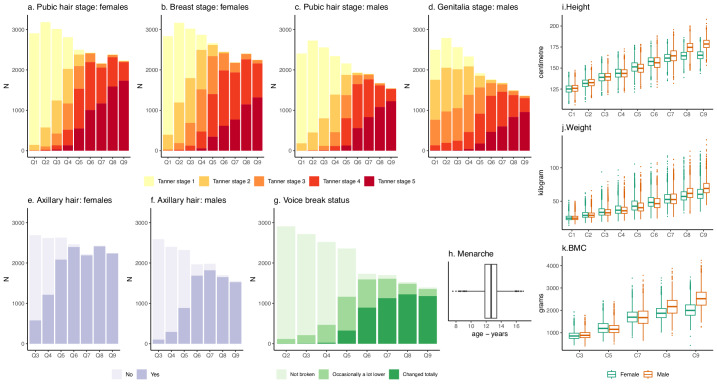Fig. 1. Longitudinal pubertal growth and development data that were used to derive nine indicator-based measures of pubertal age.
Figure shows number of study participants in each pubic hair (a, c), breast (b), and genitalia Tanner stage (d), axillary hair groups (e, f), and voice breaking group (g) at each puberty questionnaire (Q), the distribution of age at menarche (h), and the distribution of height (i), weight (j), and bone mineral content (BMC) (k) at each research clinic (C). The total numbers of study participants from which data is plotted are 4276 females and 4251 males. The number of study participants and the age at completing each puberty questionnaire and clinic assessment is shown in Supplementary Table 2.

